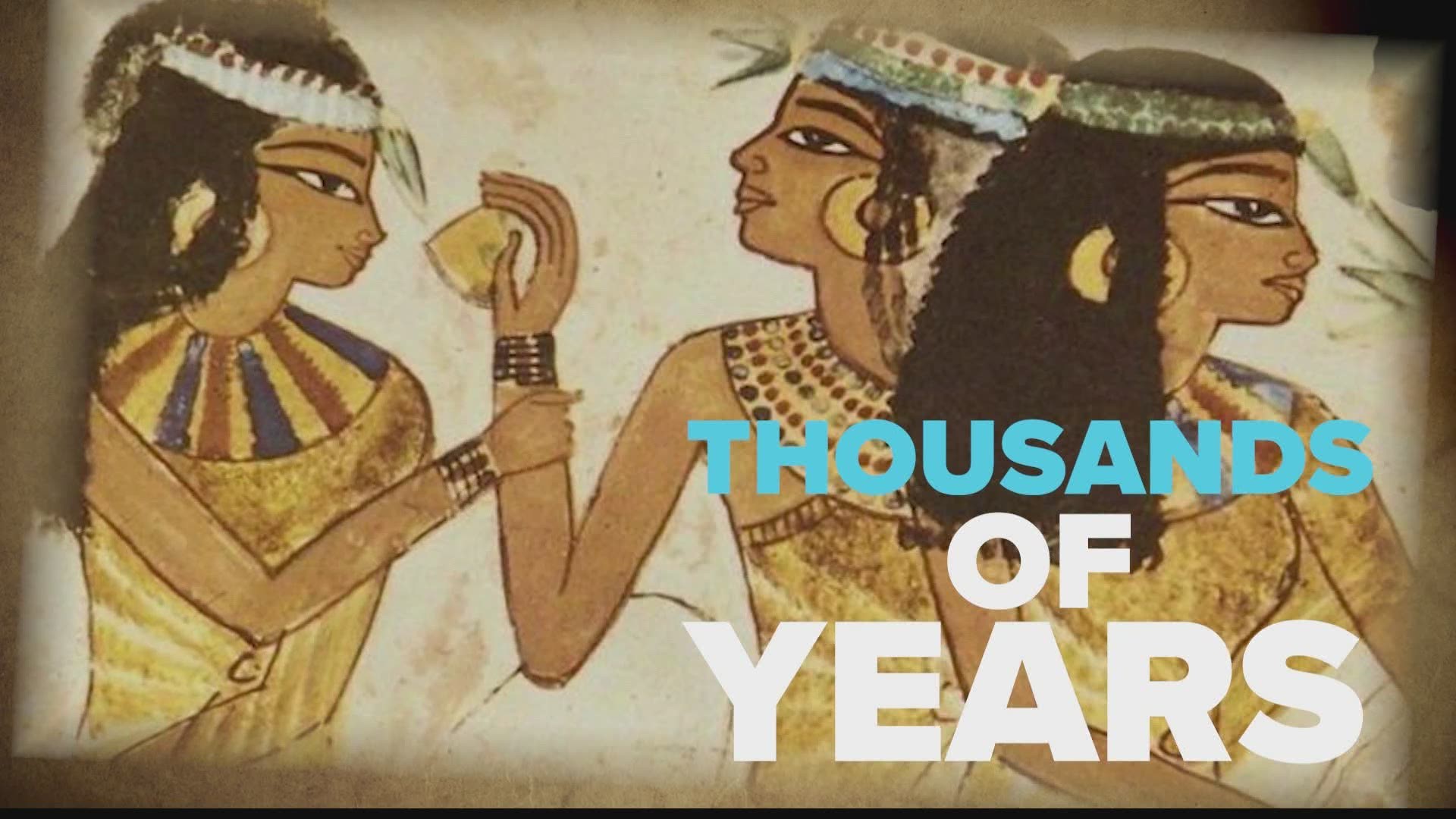Whether in gel, foam or bar form, you're probably using a lot of soap right now to wash your hands. And that's great! But did you know, this sudsy substance has been around for thousands of years?
Soap is still one of the most important things we interact with on a daily basis, so let's dive into the surprising history of tried and true soap.
Before soap, many people around the world used plain ol' water, with sand and mud as occasional exfoliants. Depending on where you lived and your financial status, you may have had access to different scented waters or oils that would be applied to your body and then wiped off to remove dirt and cover smell.
What's particularly interesting is soap's basic concept hasn't changed all that much over the years.
Ancient humans soon realized that alkaline substances like wood ash and charcoal would interact with oils and grease to form a basic soapy substance that would remove dirt and impurities. There are records of these "early soaps" as far back as 4000 years ago in Babylon and Sumeria. At first, soaps were mainly used to clean clothing and material. Over the centuries, different cultures around the world began experimenting with different types of soap.
After the fall of the Roman Empire and Han Dynasty in China, access to soap and personal hygiene became less prevalent around the world, which may have contributed to the rise of rampant illness and plague in the dark ages.
Centuries later, during medieval times, soap came back into fashion Mediterranean nations like Italy and Spain began adding castile and olive oils in order to make their soaps less harsh on skin.
France, England, India and China soon began making their own soap as well. Each nation combined local vegetable oils or animal fats like whale blubber or beef tallow with ash or lye to create their own regional version. Although still used mainly by the wealthy of the world, soap slowly improved in quality, and soon fragrant essential oils were added to remove the animal or vegetable smell that most soaps of that time had.
As people began to better understand how disease spread, the demand for soap greatly increased, and it began to be mass produced in the 17 and 1800's.
During World War I, the traditional materials used to make soap were scarce, so a German scientist named Otto Rohm and his team created a new process of making soaps out of petroleum byproducts. These soaps were classified as "synthetic detergents" which became the standard for soap companies around the world. Interestingly enough, many of the widely used soaps of today are still classified as this.
Synthetic detergents are inexpensive and globally distributed. Real soaps are still widely available, you just may have to look a little harder to find them.
Today, you can buy soaps in all forms and smells.
Many people opt for antibacterial hand soap, but that's not necessary for killing viruses and bacteria. Just any regular old stuff will do, although we don't recommend the charcoal variety of ancient times.
IN OTHER NEWS:

